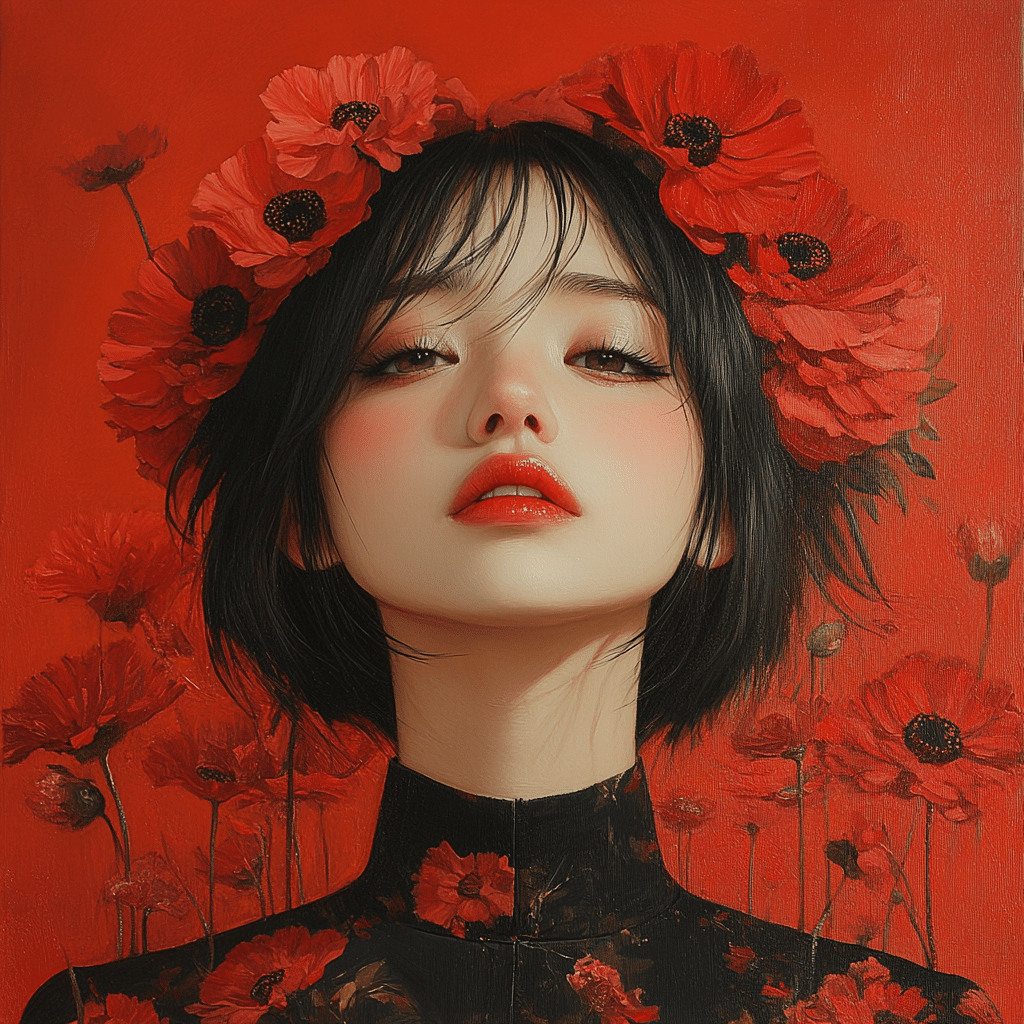The Roots of “Oi Oi Oi” in British Culture
The phrase “Oi Oi Oi” first emerged as a rallying cry in London’s working-class neighborhoods, especially among football fans and youth subcultures during the 1980s. Originating from the Cockney dialect, this phrase exploded in popularity as it expressed a sense of belonging and fierce loyalty. For many in the East End, “Oi Oi Oi” became synonymous with community pride, spirited gatherings, and the unshakeable bond shared among friends, whether in the stands of a football stadium or at a local pub.
Primarily associated with the punk and ska music scenes, “Oi Oi Oi” captured the essence of camaraderie and defiance, featuring prominently in songs from bands that were defining Britain’s counterculture. This vibrant expression of social identity took on a life of its own, manifesting through music and scene, which served as a backdrop to the struggles of the working class. The phrase, therefore, resonates not just as a catchphrase but as an emblem of a community united by shared dreams and relentless spirit.
As “Oi Oi Oi” became embedded in conversations and musical expressions, it transformed into a cultural artifact—an anthem encapsulating the socio-political climate of the time. Reflecting on these roots and their contributions sheds light on why this spirited cry continues to resonate. It’s a symbol of solidarity, a way for people to express their collective joy and frustration, wrapping their societal narrative into a simple, yet impactful phrase.

Top 5 Songs Featuring “Oi Oi Oi”: More Than Just a Catchphrase
Diving into the musical legacy of “Oi Oi Oi,” we uncover the top five songs that have immortalized this anthem, showcasing its role in capturing communal spirit and revolutionary fervor:
These songs highlight how “Oi Oi Oi” has transcended mere catchphrase status, encompassing themes of rebellion and unity that continue to echo through generations.
The Modern-Day Resurgence of “Oi Oi Oi”
Fast forward to recent years, and “Oi Oi Oi” has seen a significant revival, especially in the domains of sport and youth movements. While traditional punk still holds a place in music history, modern genres like grime and electronic have begun to embrace the anthem for a new generation. Artists such as Stormzy have woven elements of this musical legacy into their work, bridging the gap between past and contemporary music culture.
Grime, often blending rapid beats with poignant lyrics, finds a stunning juxtaposition in the call-and-response vibe of “Oi Oi Oi.” It serves as an introduction and rallying point, fostering a sense of community among listeners. These young artists craft their lyrics with an understanding of their roots, creating an immersive experience that resonates strongly with their audience.
This resurgence not only keeps the spirit of “Oi Oi Oi” alive but also ensures that it remains relevant in today’s cultural landscape. As this iconic phrase continues to permeate new forms of expression, it highlights how cultural touchstones evolve while reminding us of their origins.

Oi Oi Oi in Global Context: Cross-Cultural Adaptations
The reach of “Oi Oi Oi” extends far beyond British shores, significantly influencing music and youth cultures around the globe. In places like Brazil and Australia, fans have crafted their versions of “Oi”, infusing it into the fabric of their socio-cultural dialogues. Brazilian football fans, for instance, have adapted the call into an anthem of pride, blaring it in stadiums packed with supporters.
When looking at international sporting events, you’ll often hear variations of “Oi Oi Oi” echoing through the stands. This anthem has become a universal call for belonging and pride—one that resonates across continents. Whether it’s the resounding chants of Brazilian fans or the Australian rugby crowd using “Oi” as part of their identity, the phrase has transcended its origins.
This global adaptation showcases the intrinsic human desire for connection and identity that lies at the core of “Oi Oi Oi.” As people from diverse cultures inflect their interpretations of the anthem, it reaffirms how music serves as a powerful unifying force, reminding us of our shared experiences—even from miles apart.
The Sociopolitical Dimensions of “Oi Oi Oi”
“Oi Oi Oi” stands not only as a musical legacy but as a potent sociopolitical marker. Over time, various movements have adopted the phrase, utilizing it as a powerful symbol for protest and change. For example, during anti-racist protests, the phrase has emerged as a rallying cry against discrimination, showcasing its capacity to unite people in a shared cause.
Recent events, including the Black Lives Matter movement, illustrate how “Oi Oi Oi” has evolved into an emblem of resilience against oppression. It reflects the struggle against systemic issues that many communities face, blending music with activism in a remarkable show of solidarity. This dimension of “Oi Oi Oi” is essential in understanding the broader implications of cultural expressions in activism.
The sociopolitical significance of “Oi Oi Oi” urges us to consider how anthems, music, and chants shape our understanding of identity and resistance. By embracing this phrase and its legacy, people continue to articulate their experiences, fostering a sense of unity and strength.
Reviving the Spirit of Oi Oi Oi: A Contemporary Celebration
Looking ahead, the essence of “Oi Oi Oi” reverberates stronger than ever. Whether at football matches, underground gigs, or global protests, this powerful anthem remains a testament to collective identity and passion. The phrase is not just about the past; it symbolizes the journey of people coming together, expressing their shared sentiments through a simple yet powerful chant.
As cultural expressions evolve, they continue to adapt while retaining their core messages of unity, defiance, and ardent spirit. In an increasingly divided world, “Oi Oi Oi” serves as a reminder of the strength found within community and shared experiences. This is not merely a phrase but a celebration of what it means to belong—a vibrant expression that echoes endlessly through time.
Whether in music venues or on the streets, the heartbeat of “Oi Oi Oi” captures the timeless spirit of resilience and community. It signals a persistent call to come together, resonating in the hearts of many who are proud to echo its meaning.
Oi Oi Oi: The Anthem of Passionate Fans
A Cultural Phenomenon
When you hear “oi oi oi,” it feels like an electric jolt of energy, doesn’t it? This chant has become a rallying cry for fans not just in sports but across various cultural events. It’s a catchy call that can ignite a crowd, whether they’re cheering for their favorite team or rocking out at a concert. But here’s a fun little tidbit: similar to how trends in fashion evolve with styles like the durag, the “oi oi oi” chant has morphed over the years, becoming a symbol of unity and passion. Just think about it; this simple phrase adds a layer of excitement, reminding everyone to let loose and join in the fun!
The Surprising Origins
Did you know that “oi oi oi” has roots that go beyond the stadiums? It’s a cultural tapestry interwoven with influences from music and street culture. From its early use in the punk scene of the ’70s to a staple in football chants, this expression has become a staple in the lives of many. It’s fascinating to see how even something as whimsical as grinch christmas decorations can create a festive atmosphere, much like “oi oi oi” brings joy and camaraderie to different communities during big events.
Trivia Tidbits
And speaking of impactful expressions, here’s a quirky fact: the phrase can even cross into pop culture! Shows like Carrie Diaries have used similar energetic phrases to capture youth culture’s spirit. Plus, considering the craze for online content, such expressions appear in various formats, from memes to TikTok challenges. It’s as catchy as the latest trends, like the buzz around 327 New Balance shoes. Today, “oi oi oi” isn’t just confined to a single moment; it’s part of a broader cultural landscape that keeps evolving, just like our taste for pork rind snack flavors.
So next time you hear that chant reverberate through the air, you’ll know it’s more than just noise; it’s a celebration of passion, connection, and cultural identity, ready to echo through the ages!




